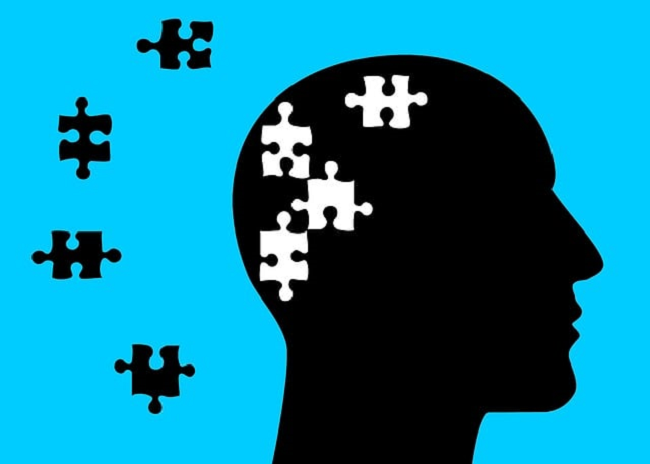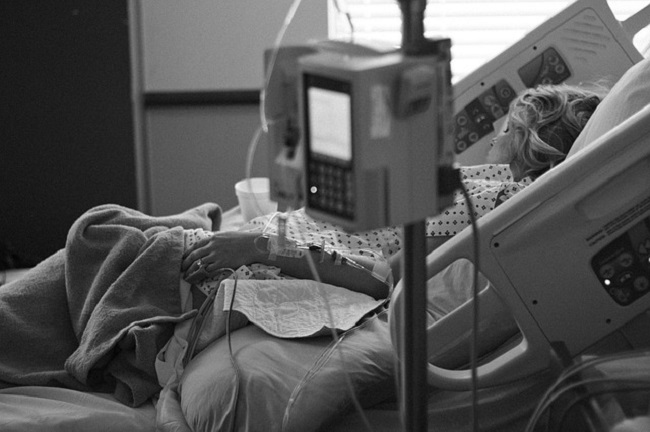Serotonin syndrome is described as a drug-related condition and is commonly believed to be rare. Serotonin is a neurotransmitter, but its actions make it sound like a hormone. It is made in the central nervous system and the gastrointestinal nerve complex. The symptoms of serotonin syndrome arise as a result of an over-abundance of its release from the nervous system into the blood and can be mild to severe, depending on the amount of serotonin in circulation. For normal function, serotonin is stored in a tiny cavity at the end of a nerve, known as a synaptosome and is released by passing through the membrane that surrounds the synaptosome, into the brain. The syndrome is caused by medications, either alone or in combination that increase serotonin levels, e.g. antidepressants, migraine medications, opioid pain medications, or illegal drugs. It is treated by the withdrawal of the causative drugs. There are multiple symptoms arising from an excess of serotonin in the brain and there are also symptoms arising from a deficiency. It is perhaps the prime example of the importance of moderation in everything.
Too Much or Too Little Serotonin
Just as excess serotonin is linked with a variety of symptoms, including: shivering, diarrhea, irritability and/or restlessness, confusion, increased heart rate, high blood pressure, dilated pupils, twitching muscles, muscle rigidity, excessive sweating, headache, tremors, goose bumps, hallucinations, and in more severe cases, unresponsiveness, high fever, seizures, irregular heartbeat, unconsciousness or coma, too little serotonin may be linked to mood disturbances. Deficiency is associated with several psychological symptoms, such as anxiety, depressed mood, aggression, irritability, low energy and low self-esteem. It can cause carbohydrate craving, weight gain, fatigue and nausea, but also, digestive or gastrointestinal motility problems such as irritable bowel syndrome and constipation. It is also a key neurotransmitter in the sleep cycle and is an essential brain chemical.
Thiamine Deficiency and Serotonin
Since many of the posts on this website discuss the problem of symptoms that are frequently associated with deficiency of vitamin B1 (thiamine), I turned to the literature to see if there was any connection between this deficiency and the role of serotonin. I found two important studies that demonstrate the critical role of this vitamin and its association with serotonin. In the first study, researchers explored the role of thiamine deficiency in synaptic transmission, the high affinity uptake and release systems for neurotransmitters using synaptosomal preparations isolated from different parts of the brain in thiamine deficient rats. There was significant decrease in the uptake of serotonin by the synaptosomal preparations of the cerebellum. The administration of the vitamin in vivo resulted in a significant reversibility of the inhibition of serotonin uptake, coinciding with dramatic clinical improvement. The study supports the possibility of an important innervation of the cerebellum by serotonin and suggests a selective involvement of this system in the pathogenesis of some of the neurologic manifestations of thiamine deficiency.
The negative societal impacts associated with the increasing prevalence of violence and aggression needs to be understood. In the second study, researchers investigated the role thiamine using a mouse model of aggression. Ultrasound aggression in mice was induced and the molecular and cellular changes were studied. They found that the ultrasound-induced effects were ameliorated by treatment with thiamine and benfotiamine, both of which were able to reverse the ultrasound-induced molecular changes.
The clinical effects of both deficiency and excess of serotonin are all well described online. The deficiency symptoms described are exactly those associated with beriberi, the vitamin B1 deficiency disease. Serotonin cannot cross the blood brain barrier. Therefore, it must be produced separately in the brain and the gastrointestinal system. Its association with thiamine in the bowel amply reinforces the mystery of gastrointestinal beriberi.
The many posts on thiamine deficiency in Hormones Matter suggests that a mild deficiency of thiamine is responsible for the large number of the polysymptomatic illnesses reported. High calorie malnutrition is a common cause by its increase in the calorie/thiamine ratio. The relationship with drugs is another matter. Although the mechanism of an excess of circulating serotonin is described as the drug-related cause of this syndrome, I could not help but notice that I have seen some of these symptoms corrected by the use of megadose thiamine. For example, excessive sweating, dilated pupils, increased heart rate and “goose bumps” are all caused by increased activity in the sympathetic branch of the autonomic nervous system. Thiamine deficiency is a prime cause of imbalance in this system. Certain therapeutic drugs used in medical practice may trigger mitochondrial toxicity leading to a wide range of clinical symptoms and even a compromise of the patient’s life. Contemplating this made me wonder whether the vitamin might have an important bearing on maintaining serotonin in its median state of concentration, because of its vital role in energy metabolism.
Serotonin and COVID-19
Since it has been claimed that Americans consume a high calorie diet, it is important to stress the imbalance which is commonly high in carbohydrate and fat. Serotonin is synthesized from tryptophan, an amino acid that is found in first-class protein and is an essential component of the human diet. It plays a part in many metabolic functions including the synthesis of serotonin and melatonin. Supplementation of this amino acid is considered in the treatment of depression and sleep disorders. It is also used in helping to resolve cognitive disorders, anxiety, or even neurodegenerative diseases. Reduced secretion of serotonin is associated with autism spectrum disorder, obesity, anorexia and bulimia nervosa, as well as other diseases presenting with a variety of symptoms.
It has been hypothesized that aging occurs because of failure of the pineal gland to produce melatonin from serotonin. Evidence has been presented for a role of melatonin and serotonin in controlling the neuroendocrine and immune networks inhibiting the development of ischemic heart and Alzheimer’s disease, tumor formation and other degenerative processes associated with aging. However, a more modern concept for aging is that the production of intracellular reactive oxygen species is a major determinant of lifespan.
One important feature of Covid 19 pathophysiology is the activation of immune cells, with consequent massive production and release of inflammatory mediators that may cause impairment of several organ functions including the brain. In addition to its classical role as a neurotransmitter, serotonin has immunomodulatory properties, down regulating the inflammatory response by central and peripheral mechanisms. Although the interferon system is the first line of defense against viral infection in mammals, almost all viruses have evolved mechanisms to evade the interferon system by partially blocking their synthesis or action.
The Case for Thiamine Supplementation in COVID 19
Thiamine is an essential cofactor for four enzymes involved in the production of energy (ATP) and the synthesis of essential cellular molecules. The total body stores of the vitamin are relatively small and its deficiency can develop in patients secondary to inadequate nutrition, alcohol use disorders, increased urinary excretion and acute metabolic stress. Patients with sepsis are frequently thiamine deficient and patients undergoing surgical procedures can develop the deficiency. It can lead to congestive heart failure, peripheral neuropathy, Wernicke disease and gastrointestinal beriberi. It can result in the development of intensive care unit complications such as heart failure, delirium, critical care neuropathy, gastrointestinal dysfunction and unexplained lactic acidosis. Consequently clinicians need to consider thiamine deficiency in patients admitted to intensive care units and the development of this deficiency during the management of critically ill patients. Intravenous thiamine can correct lactic acidosis, improve cardiac function and treat delirium, without there being any possibility of toxicity. The many symptoms developed in Covid 19 patients are interpreted as a direct effect of the virus, whereas the evidence written in this post strongly suggests that deficiency or excess of serotonin are responsible and that intravenous thiamine could be given with impunity in the emergency room. The persistence of thiamine deficiency following the cessation of the acute phase of the disease would explain the long term symptoms that have been described, following what is generally accepted as recovery.
We Need Your Help
More people than ever are reading Hormones Matter, a testament to the need for independent voices in health and medicine. We are not funded and accept limited advertising. Unlike many health sites, we don’t force you to purchase a subscription. We believe health information should be open to all. If you read Hormones Matter, like it, please help support it. Contribute now.











